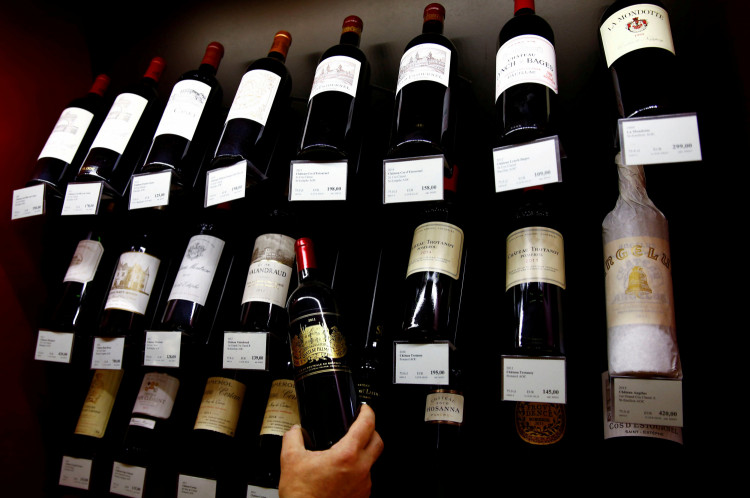Australia has been battling with the extremities of this year's summer heatwaves and the country's $6 billion wine industry has been frowning through multiple harvests for the past two months.
According to SBS News, some winemakers had to make round-the-clock harvests in January and February as summer heatwaves caused both white and red grapes to ripen at the same time.
Particularly in Hunter Valley, New South Wales, winemakers have lost a lot of sleep in January as temperatures peaked at the highest yet on record. Andrew Margan, a Broke vineyard owner said, "It's all about coffee and adrenaline, believe me," as he told of how his team has been working to haul in all the ripened harvest.
"The difference this year is that the grapes are ripening quicker, so we're harvesting earlier," Margan explained. As wine experts pointed out, rising temperatures are very challenging for vineyard owners.
When temperatures are just right for grapes to grow, the produce ripens at different times, making it easier for winemakers and harvesters to handle harvest. However, January's high-temperature records pushed harvest of reds two weeks earlier than usual.
Winemakers Federation of Australia CEO, Tony Battaglene said that winemaking comes with a high price in terms of costs, especially because vineyard owners are required to purchase stainless steel tanks for storing wine.
Rising temperatures could mean additional tanks for storage and added costs for winemakers who may no longer use extra tanks when temperatures fall as there would be adequate storing spaces for harvested grapes.
On the other hand, Battaglene clarified that Australian winemakers manage trials well. They leverage on water efficiency to give better resilience to their vineyards in high-temperature seasons.
Meanwhile, Australian wine sales last year allowed for predictions about how the country's industry will perform this year. A recently released Wine Australia report revealed that wine exports from the country exceeded production by an estimate of seven million cases, or equivalent to five percent of total production.
According to Sunraysia Daily, the sales growth was attributed to stable domestic demand and more importantly, an increase in exports during 2018. The year's total sales in Australian wine hit a record of over eight million cases, accounting of a six percent increase in growth.
Australia's wine industry continues to grow despite challenges related to temperature changes. Compared to records from two years ago, regular wine drinkers have been spending more time in retail and on-premise stores.






